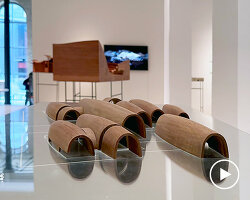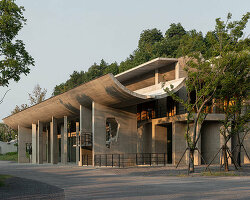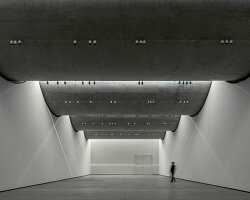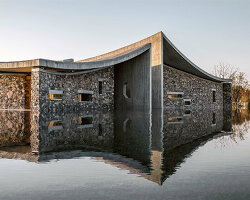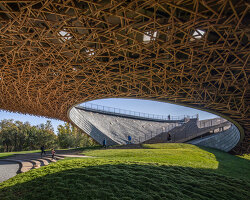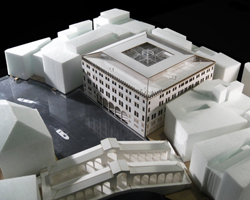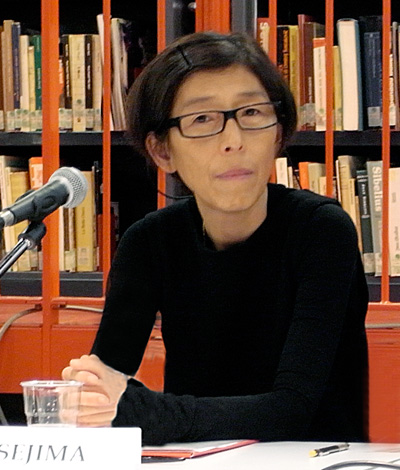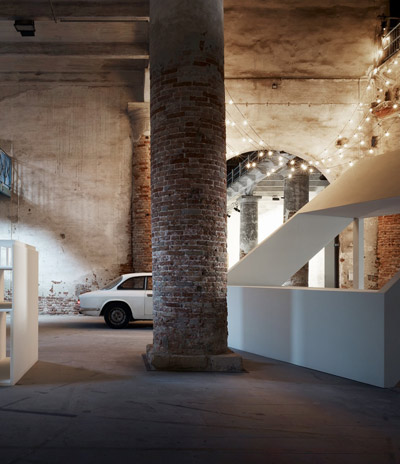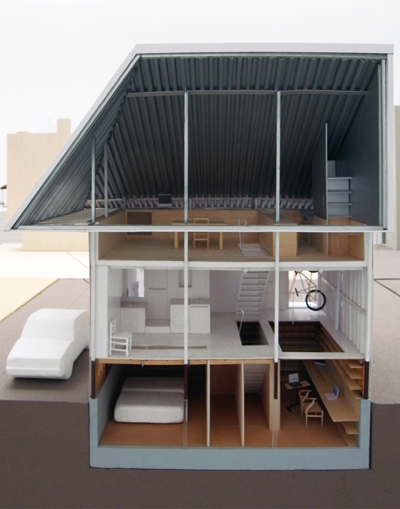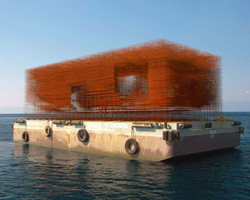KEEP UP WITH OUR DAILY AND WEEKLY NEWSLETTERS
PRODUCT LIBRARY
the minimalist gallery space gently curves at all corners and expands over three floors.
kengo kuma's qatar pavilion draws inspiration from qatari dhow boat construction and japan's heritage of wood joinery.
connections: +730
the home is designed as a single, monolithic volume folded into two halves, its distinct facades framing scenic lake views.
the winning proposal, revitalizing the structure in line with its founding principles, was unveiled during a press conference today, june 20th.
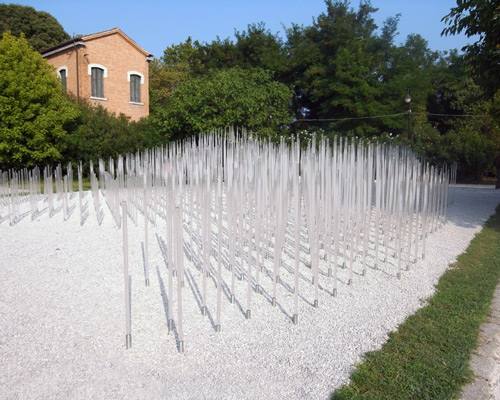
 front view image © designboom
front view image © designboom acrylic bars arranged in a grid system image © designboom
acrylic bars arranged in a grid system image © designboom varying heights and opacities of the pavilion image © designboom
varying heights and opacities of the pavilion image © designboom detail image © designboom
detail image © designboom image © designboom
image © designboom image © designboom
image © designboom pei zhu in front of ‘yi garden’ at the venice architecture biennale portrait © designboom
pei zhu in front of ‘yi garden’ at the venice architecture biennale portrait © designboom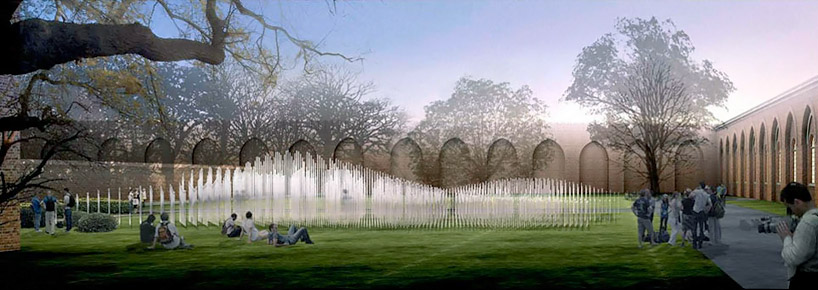 rendering image courtesy studio pei zhu
rendering image courtesy studio pei zhu image courtesy studio pei zhu
image courtesy studio pei zhu diagrammatic drawing of the ‘cloud’ form image courtesy studio pei zhu
diagrammatic drawing of the ‘cloud’ form image courtesy studio pei zhu side elevation, lit image courtesy studio pei zhu
side elevation, lit image courtesy studio pei zhu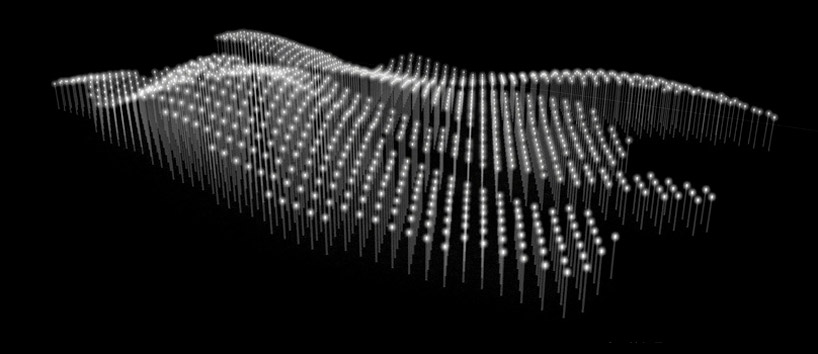 perspective, lit image courtesy studio pei zhu
perspective, lit image courtesy studio pei zhu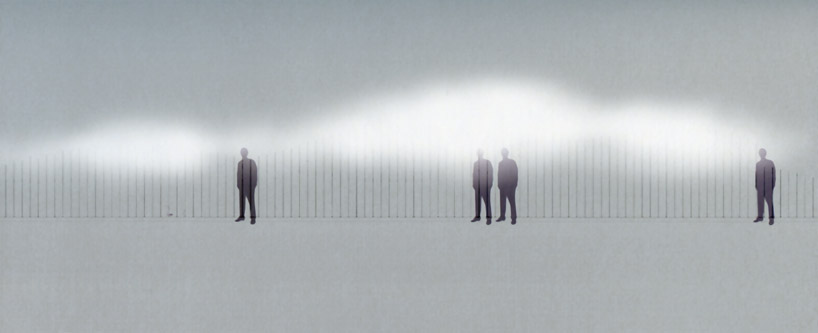 vignette of ‘cloud’ form image courtesy studio pei zhu
vignette of ‘cloud’ form image courtesy studio pei zhu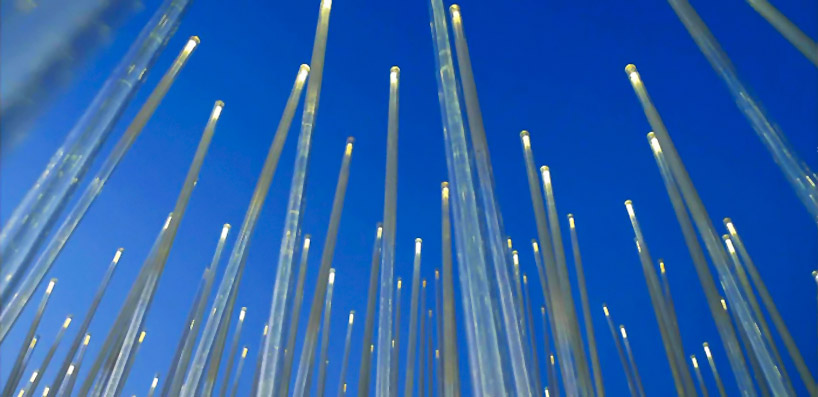 the acrylic bars lit up at night image courtesy studio pei zhu
the acrylic bars lit up at night image courtesy studio pei zhu sketch image courtesy studio pei zhu
sketch image courtesy studio pei zhu